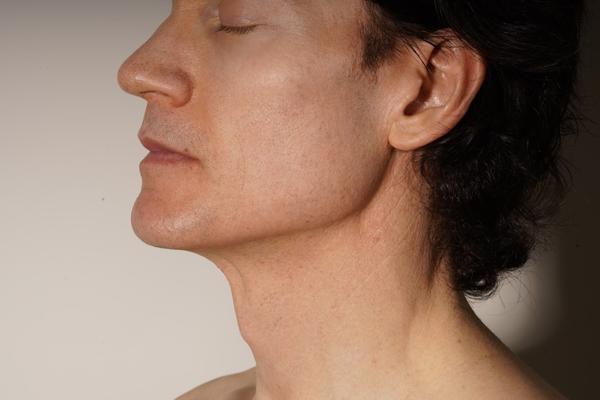For nearly two years, Johnson has been using his body as a science experiment, a vessel through which, he hopes, humanity can understand its utmost limits through his own regimen of extreme dieting and exercise, which has been developed according to what he believes is the top scientific literature of the day and tweaked according to how his ligaments, tendons, liver, heart, lungs, pancreas, and skin respond. (Photo courtesy of Bryan Johnson)

As a result of his restrictive diet, Bryan Johnson takes more than 100 supplemental pills each day. (Photo courtesy of Bryan Johnson)
Johnson starts every day off with the same drink, which includes two and a half grams of creatine, collagen peptides (the only non-vegan food Johnson consumes), and spermidine, which he tells me stabilizes the DNA, especially when consumed at its “optimal amounts,” which, he says, is 13.5 milligrams per day(Photo courtesy of Bryan Johnson)
One of Johnson's typical meals is a blend of hemp seeds, broccoli, cauliflower, lentils, shiitake mushrooms, world-class olive oil, and, strangely, pure dark chocolate that has been tested for heavy metals like cadmium. (Photo courtesy of Bryan Johnson)
Some of the therapies Johnson undergoes can be painful, and he said one feel like he's being "branded." But Johnson sees it all as part of an experiment to better understand the limits of the human body.
During a routine MRI, doctors noticed he had a congenitally small jugular vein in his neck. To combat the condition, Johnson started obsessively performing a series of neck exercises, including one in which his chin moves up and down in quick succession, and obsessed over his posture. (Photo courtesy of Bryan Johnson)
“Saying yes to this protocol has enabled me to achieve a physical form I never thought possible,” Johnson said.
Johnson chooses to focus on the people who have come to accept the benefits of Blueprint. “Most people who hang out with me in time come around,” he said. That includes some (but not all) of his children. (Photo courtesy of Bryan Johnson)
Johnson says he has never felt happier or younger. (Photo credit: Dustin Giallanza)